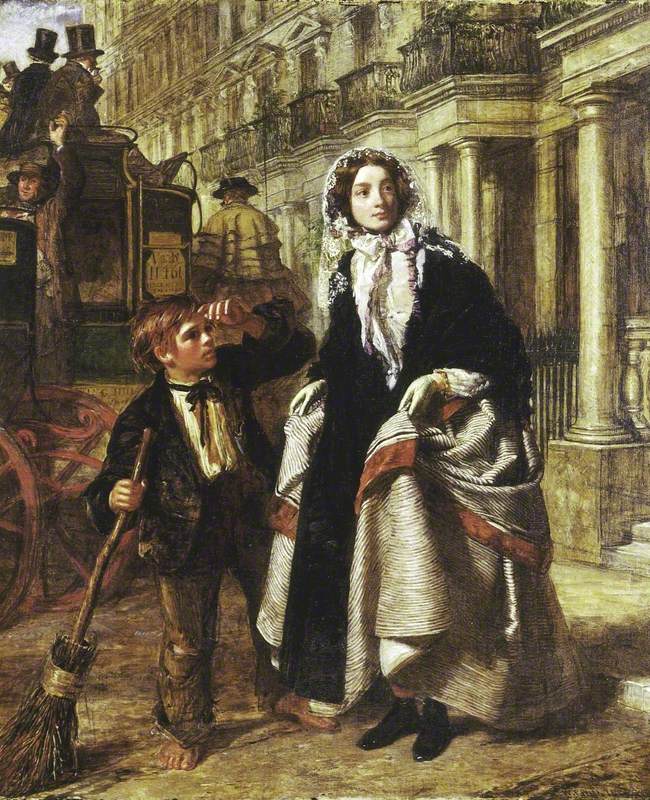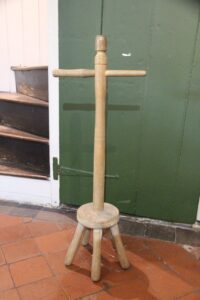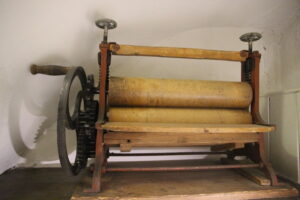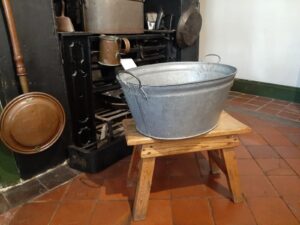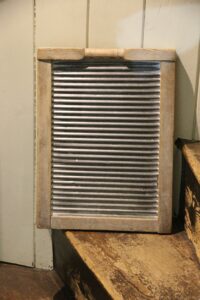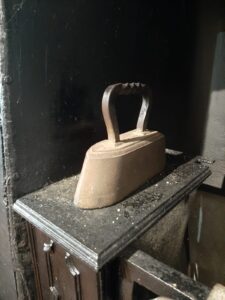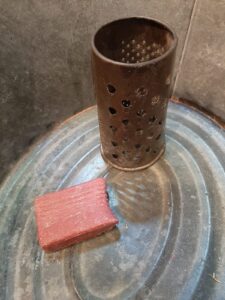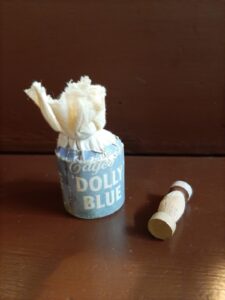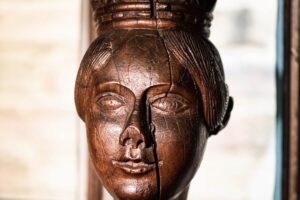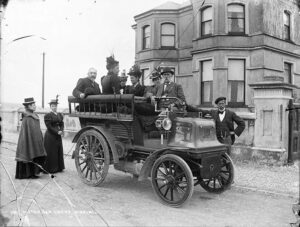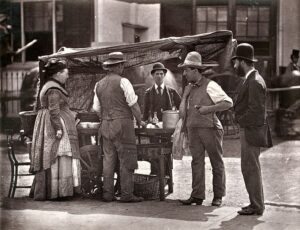Victorian Washing
Did you know that Victorians didn’t wash their clothes regularly? This is because it was really hard work and so people didn’t want to do it all the time. Sometimes, they would go an entire month without washing them! Do you think your parents would let you do that?
It sounds very strange to us but the less you washed your clothes, the wealthier you were because it meant that you could afford to put on spare clean clothes all the time. But, for the poor families who couldn’t afford to buy new clothes, Monday became the weekly wash day.
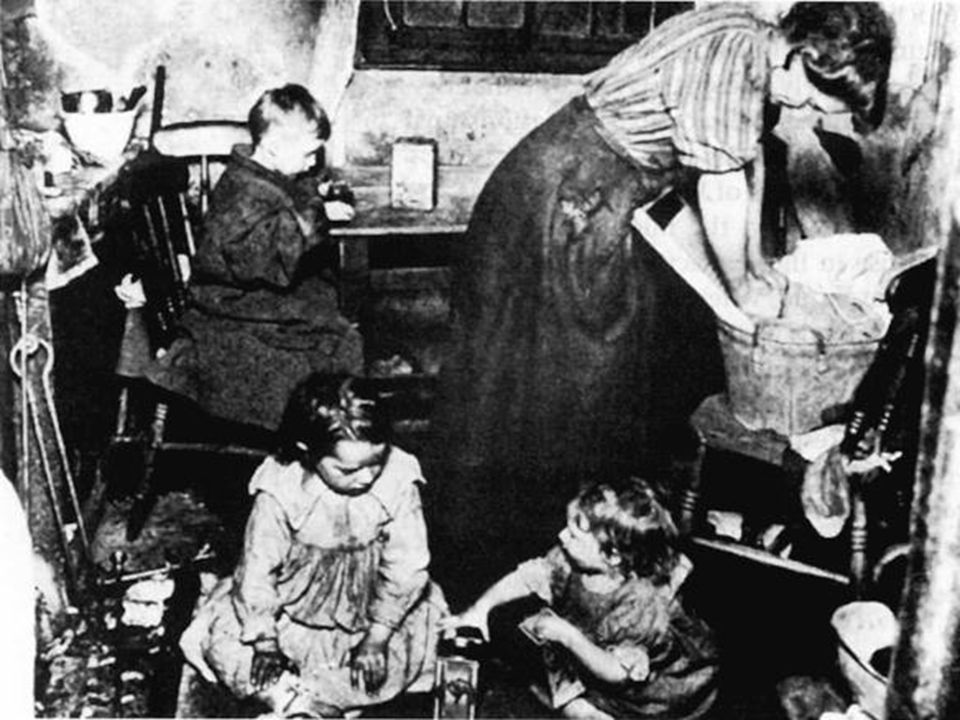
Monday in the Life of a Victorian Child
Imagine for a moment that you are a Victorian child. Unlike today when every child in Britain has the right to a free education, most children would not have gone to school. By the time you could walk, you would have been put to work in some way or another. Lots of children worked as chimney sweeps or as factory labourers and this was very hard work and often quite dangerous. If you were lucky, you would have sent off to be an apprentice to learn to a trade that might let you get a job as a labourer, a blacksmith or even a baker.
So, when Monday rolled around, if you were not running off to work, you were put to good use in the house. Your day would have started bright and early at 5 or 6am and before you had even had your breakfast, you would be sent down the street to the well to collect the water. And, a lot of water was needed too! Is that how you would like to start your day?
Whilst you were busy collecting water, your mum would be rolling out the big metal or wooden tubs and filling them with clothes which would be covered with boiling water. She would have heated the water in a range, which was like a big cooker that you could place over the fireplace.
Next, the dolly (a wooden stick with what looks like a stool attached to the bottom of it) would have been used to turn the clothes much like a modern washing machine. The difference is that you didn’t have electricity so the turning would be down to strength of the washerwomen in the house!
Once that was done, it was time for more hard work for the next job of the day was scrubbing the clothes on a metal board and then turning the handle on the mangle to squeeze all the water out of the clothes. You would be expected to stand for hours holding the wet and heavy clothes so the washerwomen could push the clothes through the machine.
Finally, it was time to lay things out to dry. Perhaps you had washing lines, but if you didn’t you had to make use of trees, hedges and even fields. It was a long and tiring day!
Luckily, your mum would have thought ahead and it was time for a big supper of leftovers from the day before. Do you and your family ever have a big Sunday lunch? Do you perhaps also eat leftovers on Monday? Or, maybe you do this after a big Christmas dinner on Boxing Day? This is something that Victorians did too! The whole week was planned so a big Sunday lunch would leave enough food for the next day. Washday was very busy!
Look at the pictures of these Victorian wash day items we have at the museum.
What do you think they were used for and how?
After you’ve made your guesses, click on the pictures to find out how they worked.
How do you do this nowadays? What do you use in your home instead? Who does these chores in your family? Do you help each other?
Make a drawing including all the details of how you do washing in your home, and everyone who is involved.
Children were very involved in house chores. For example, bringing buckets of water, holding heavy wet clothes, polishing pots, beating carpets.
Do you think some of these chores are tiring if you do them for a long time? How would you do it differently?
What chores and activities do you do often nowadays? Do you go to sports classes, help your parents with the cooking or shopping, read books and magazines?
List 5 things that you do regularly that are fun and/or helpful.
Let us know how you got on! Send us an email to enquiries@museumofcambridge.org.uk with pictures and comments.

